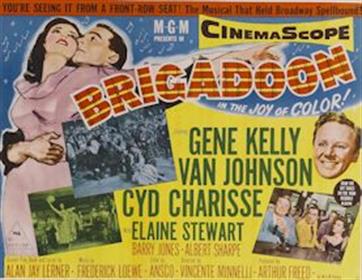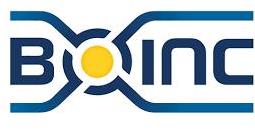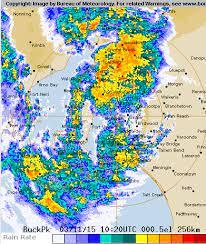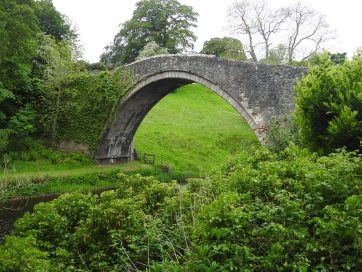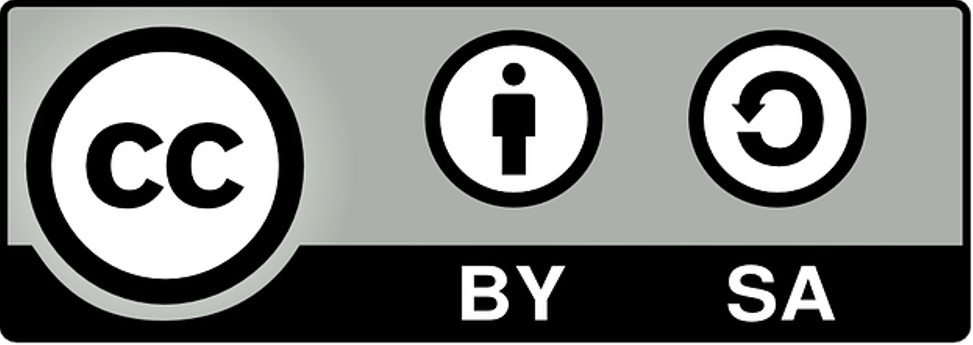Brigadoon (this Internet site) and its predecessors have have been around since 1984, when a home made CP/M computer, with two (2) 8" Floppy Disks became one of the first Australian dial-up Bulletin Board Systems (BBS) in Manly (a suburb of Brisbane, Queensland, Australia), with assistance from one of the Grand Old Men of the Australian BBS scene, Bill Bolton.
The site in Manly has the rather dubious "honour" of being probably the first BBS to shut down in Australia, when, in 1985, it moved to Alice Springs in the "Red Centre" of Australia. Although the telephone company was warned not to re-allocate the number immediately, as the phone line ran hot 24-hours a day with BBS calls from around Australia and the South Pacific. Of course, this is exactly what they did! A start-up chemist shop was most unimpressed that their brand new phone line was constantly bombarded with modem calls, rather than customers
A few years later in 1988, there was another relocation to Adelaide, South Australia where it resides to this day, although the Bulletin Board is long gone, overtaken by the wide-spread introduction of the Internet.
This site has had various incarnations, such as the original CP/M machine, a Windows machine, Linux machines, an Amiga3000. It is now running on a commercial web server, with links to high variability development projects hosted on a local Raspberry Pi. The commercial server provides stability and bandwidth, while the Pi allows development areas to be created and updated rapidly.
The system has run on a variety of Linux operating systems, including Fedora and Caldera, and the habit of keeping the old installation disks created an interesting aside when a copy of the old installation disks for the Fedora operating system was provided as part of legal case about the ownership of the distribution's name.
Now days, Brigadoon is now just a quiet corner of the Internet that is used as a gathering point for information of interest to the webmaster, although some of it is made available to the general public as it may be of wider interest. Giving public access means that it is also necessary to explain the limitations of the and site and these disclaimers and licence conditions are explained here.
The site in Manly has the rather dubious "honour" of being probably the first BBS to shut down in Australia, when, in 1985, it moved to Alice Springs in the "Red Centre" of Australia. Although the telephone company was warned not to re-allocate the number immediately, as the phone line ran hot 24-hours a day with BBS calls from around Australia and the South Pacific. Of course, this is exactly what they did! A start-up chemist shop was most unimpressed that their brand new phone line was constantly bombarded with modem calls, rather than customers
A few years later in 1988, there was another relocation to Adelaide, South Australia where it resides to this day, although the Bulletin Board is long gone, overtaken by the wide-spread introduction of the Internet.
This site has had various incarnations, such as the original CP/M machine, a Windows machine, Linux machines, an Amiga3000. It is now running on a commercial web server, with links to high variability development projects hosted on a local Raspberry Pi. The commercial server provides stability and bandwidth, while the Pi allows development areas to be created and updated rapidly.
The system has run on a variety of Linux operating systems, including Fedora and Caldera, and the habit of keeping the old installation disks created an interesting aside when a copy of the old installation disks for the Fedora operating system was provided as part of legal case about the ownership of the distribution's name.
Now days, Brigadoon is now just a quiet corner of the Internet that is used as a gathering point for information of interest to the webmaster, although some of it is made available to the general public as it may be of wider interest. Giving public access means that it is also necessary to explain the limitations of the and site and these disclaimers and licence conditions are explained here.
